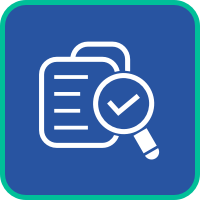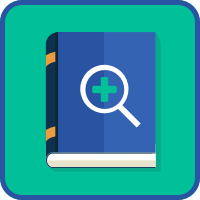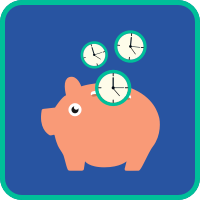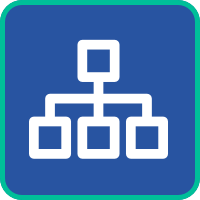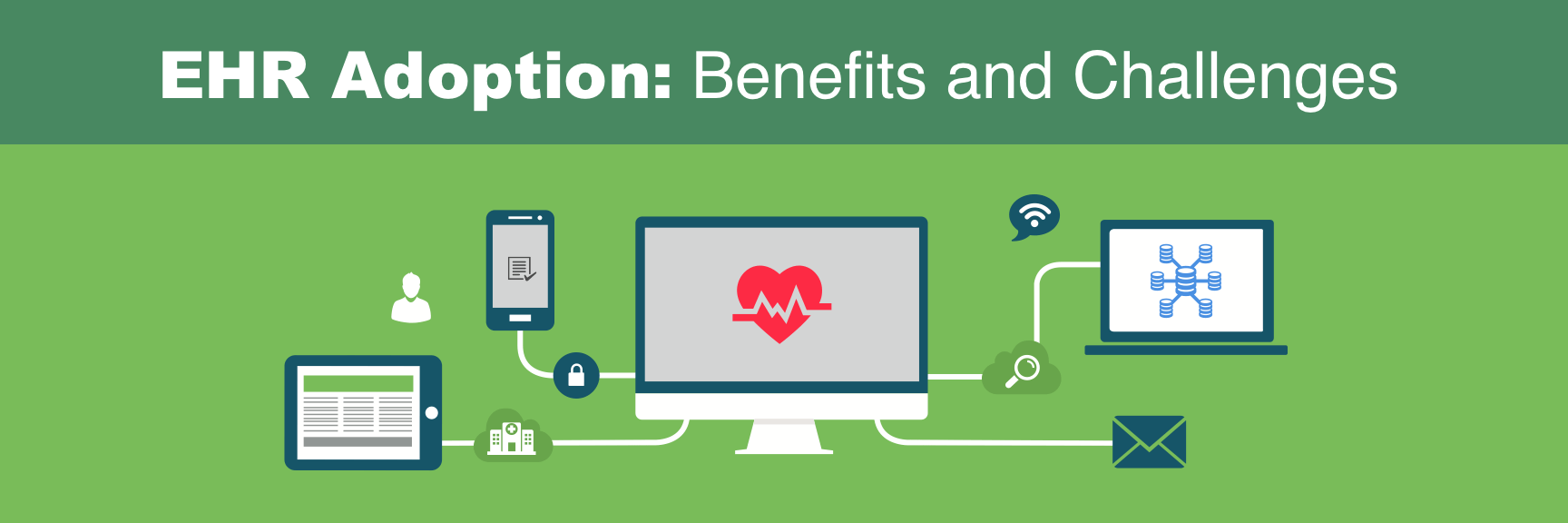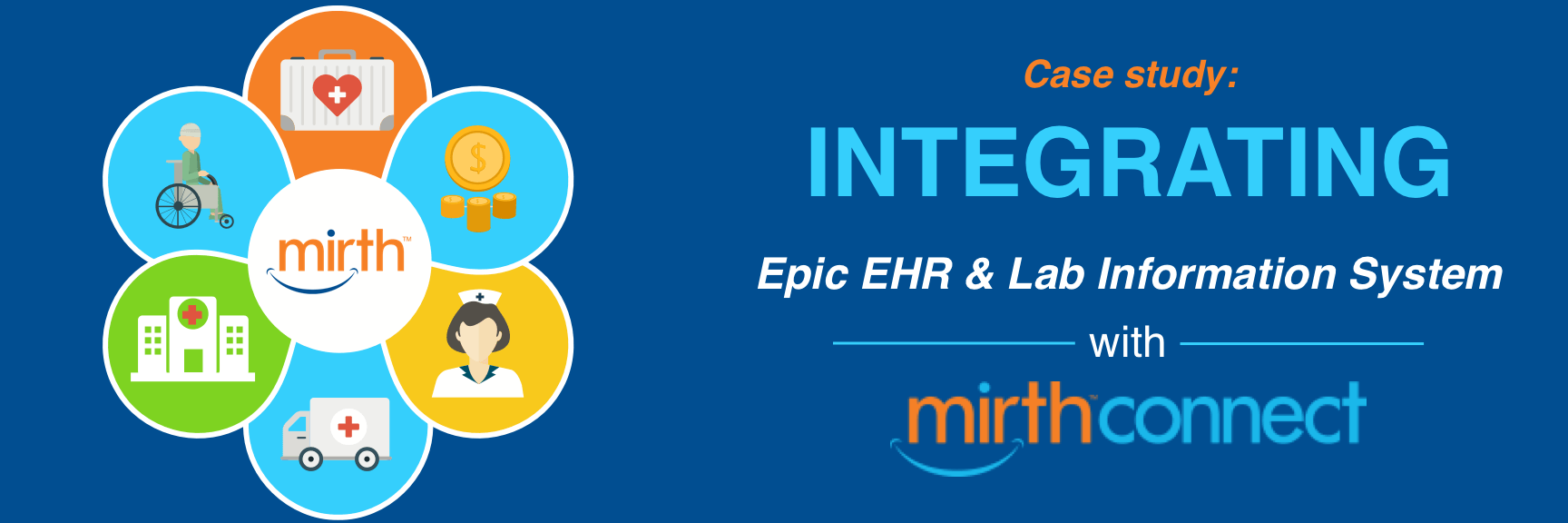ICD – The International Classification of Diseases is a diagnostic codes, maintained by World Health Organization and is used for health management, epidemiology and other medical purposes.
From October 1st, 2015, the entire US Healthcare industry is all set to make the leap from a 35-year-old coding system into a more sophisticated version that has been designed to be adaptive to future developments in the healthcare industry. The prospect of transitioning from ICD-9 to ICD-10 brings its own share of challenges and risks. However, in the long run the ICD-10 can revolutionize the entire US Healthcare industry, despite the initial implementation being tricky.
The nagging worry in the minds of the healthcare industry is ‘how are we going to deal with such a massive change?’
To make it easier for you, here we have compiled 8 tips for a smoother transition to ICD-10:
Medical Lookups and Crosswalks
With the ICD-10 being revised with around 169,000 codes being added to its predecessor, the baffling array of codes will confuse even the most experienced coders. Healthcare professional who use a well supported EHRs may have some support with code lookups and code mapping between 2 systems but for others, using an online Lookups & Crosswalk service may help with transition. Vigyanix’ own MEDLookups service helps users not only lookup any billing code quickly but helps with mapping a path from ICD-9 to ICD-10.
Training the Coders
There’s possibly no way for the coders to get familiarized with the intricate details of codes used in ICD-10 in a short span of time. This calls for constant training and updating the knowledgebase of codes to prepare the coders for the transition. There are some excellent training resources as well povider resources from Center of Medicare & Medicaid Services to help with training and alleviate some of the burden.
Saving up before the D-Day
Focus on spending more monetary resources in training coders and billers than on buying informational resources. Figuring out the impact on your organization and involve your internal coding, IT, administrative and clinical teams to chalk out an implementation strategy for your organization.
Use Crosswalks
If your practice has coders which are well-experienced with handling ICD-9 codes and require a tool that could help them translate payment and reimbursement codes into ICD-10 configuration, Vigyanix’s highly efficient MEDLookups Crosswalk service is tailor-made just for this purpose. Crosswalk service based on the General Equivalence Mapping can walk you through the conversion process.
Specialty based Classification
The tens of thousands of codes may seem befuddling together but not all the codes are necessarily applicable to your practice. Appoint a team internally or hire outside help to research and select codes specific to your practice and document them. Vigyanix’ MEDLookup Bulk Convert Tool can help convert all your ICD-9 codes into ICD-10 equivalents and create a ICD-10 chart for easy reference.
Amend Payer Agreements
It is absolutely necessary to keep the payers informed of the potential impact the transitioning may cause. With anticipated loss of revenue due to coding changes during the initial period, it’s essential to negotiate amendments with clients to mitigate risks.
Testing, Monitoring and Improving the Quality of Coding
Test out the ICD-10 codes well in advance to avoid any complications later on. Also, use tools like Vigyanix’s Crosswalk Service to map ICD-10 codes back to iCD-9 to cross reference the used ICD-10 codes with that of the ICD-9 .Constantly monitor the use of codes and appoint a team to work on improving its quality.
Ask for Help
If you’re still worried about making that transition into ICD-10 then fret not ! Help is on the way!! If you are the one who would like to get their hands dirty, CMS offers great resources but if you are looking for someone with these expertise to get you over this tide, you are in luck. We offers help via the MEDLookups service as well through our partners in planning, education and implementation.
With less than three months to go for the big transition, these tips are guaranteed to make the changeover smooth and effortless. “Welcome ICD-10 with a smile!”

